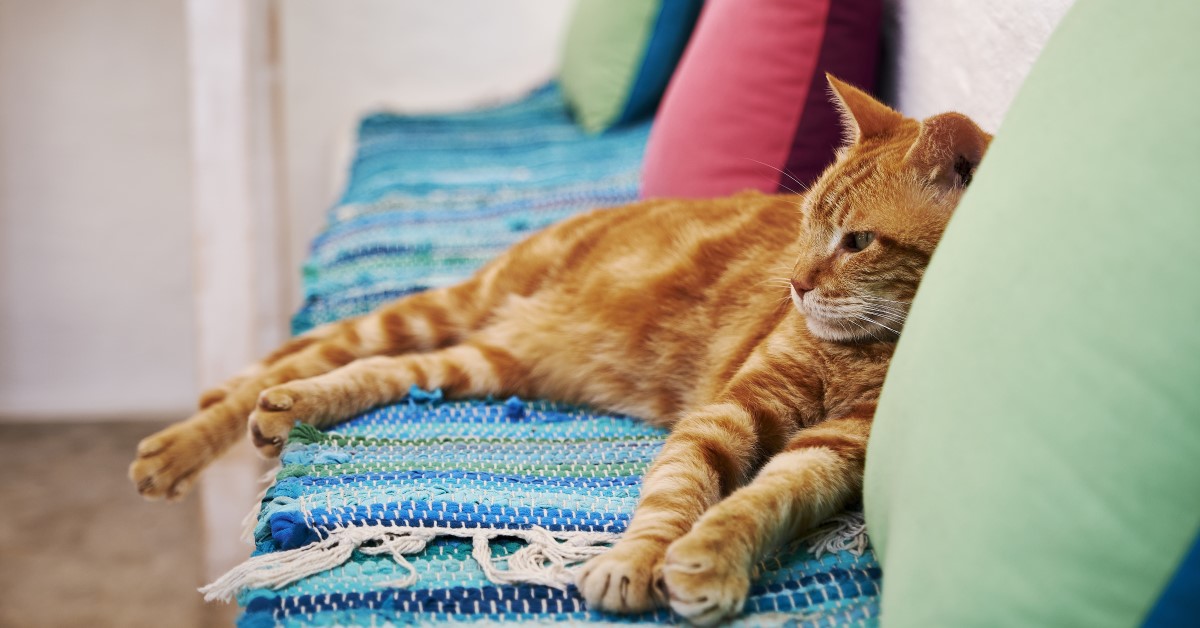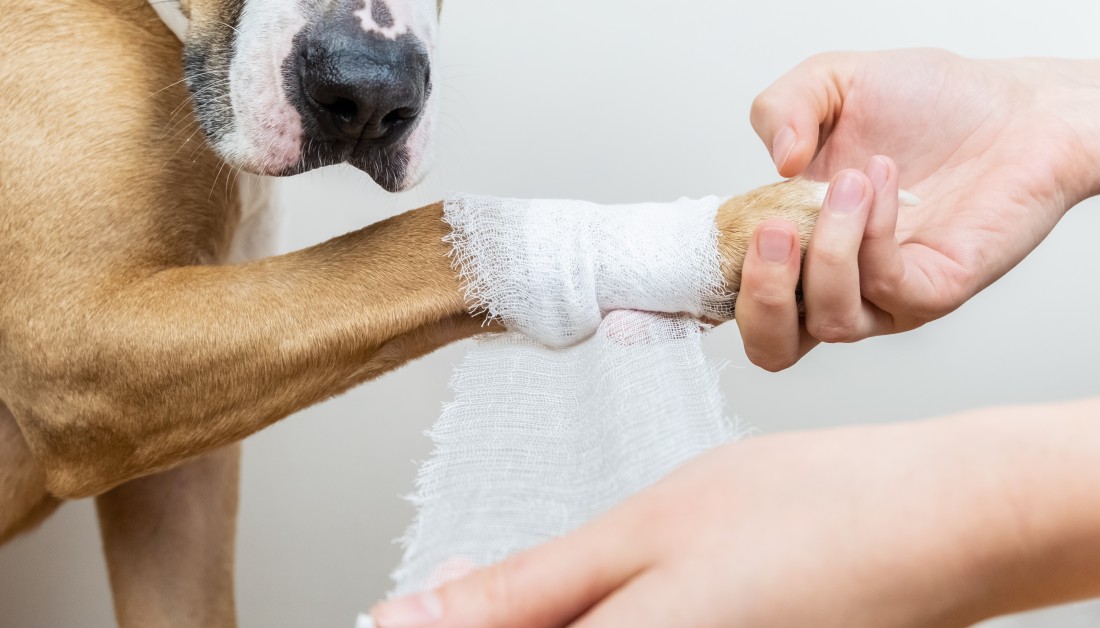Destructive Cat Scratching – Tips to Get Your Cat to Stop Scratching
Scratching is a normal behavior that can get out of hand when your cat starts being destructive.

Cats have an instinctual need to scratch. Some do it to relieve stress or express emotions. Others do it to mark objects with their unique scent or to achieve a good stretch.
When cats use designated cat scratching posts or pads to satisfy their need to scratch, it’s usually no big deal. However, when cats begin to use their owners’ furniture or other belongings to dig their claws into, it can result in destructive behavior.
Destructive cat scratching behavior can be an irritating and expensive problem. To stop unwanted scratching, pet owners must pinpoint the underlying cause of the behavior and create a plan to stop it.
Why Do Cats Scratch?
Cats engage in destructive scratching for a variety of reasons. Narrowing down the reasons why your cat may be scratching can help you develop an effective plan to deter this unwanted behavior.
Some of the most common reasons that cats scratch include:
- To maintain nail health. Cats have retractable claws, meaning their claws retract into sheaths within the paws. Your cat needs to continually shed these sheaths to allow new claws to grow. Scratching helps cats shed these sheaths.
- To claim their territory. Many cats are territorial by nature and may develop destructive scratching behaviors as a way to keep other animals away. Scent glands are located with the paw pads which spread the cat’s scent onto the items they are scratching.
- To stretch their muscles. Just like humans, cats enjoy the act of stretching their limbs and back to loosen tight muscles. During this stretch, it’s common for cats to sink their claws into the nearest item.
- To climb and play. Cats love to climb, play, and hunt. They often use their claws to help them perch in high places, whether it’s the top of your dresser or atop a cat condo.
- To knead for contentment. Many cat owners have seen their cat “knead,” a behavior in which the cat rhythmically moves their paws on people, bedding, clothing, or other items. Kneading often shows that the cat is content.
- To defend themselves. Cats use their claws for defensive purposes when they feel frightened or threatened. Depending on what surface the cat is sitting or standing on when scared, destruction could occur when the claws come out.
Tips to Stop Destructive Cat Scratching
When scratching becomes an ongoing problem, some pet owners are tempted to declaw their cats. However, this is rarely ever the best option. Declawing has been deemed an unnecessary procedure by many experts and in some cases, can be detrimental to the animal’s health. Instead, pet owners should consider implementing the following tips:
- Set Up a Scratching Post
A scratching post is an essential piece of furniture for every healthy and well-adjusted cat. However, not all scratching posts are the same. Consider factors like length, height, and texture when choosing a post. What type of material does your cat like to scratch? Some of the most common posts are covered in carpet or sisal rope. Some cats like to stretch out while scratching, making a tall vertical post a must. Also, consider what area in the house the cat likes to scratch, like a quiet space with unobstructed window views.
- Trim Your Cat’s Nails Often
Cats should have their nails trimmed approximately every 10 days to two weeks. Keeping your cat’s nails short will help minimize the destruction caused by scratching. Ideally, you should begin getting your cat used to regular nail trims as a kitten. If you are not comfortable cutting your cat’s nails yourself, bring your pet to a groomer. Signs that your cat’s nails need to be trimmed include nails that are long, curved, and very sharp.
- Apply Double-Sided Tape
To deter your cat from scratching furniture and other items in your home, apply double-sided tape to the areas that your pet most frequently scratches. Most cats do not like the texture or sensation of sticky tape and will often stop scratching surfaces that do not provide the satisfaction they’re looking for. As most pet owners do not want to leave double-sided tape on their furniture, this is a short-term solution.
- Use Positive Reinforcement
Similar to dogs, cats can be trained to behave in a certain manner. When training a cat, it is important to use positive reinforcement. This involves rewarding your cat for performing a good behavior instead of a bad one. Many cats respond to treats while others prefer praise from their favorite humans. Consider establishing certain words to stop unwanted scratching behavior, such as a firm “Stop!” directly followed by a reward.
- Invest in Soft Cat Nail Caps
Soft cat nail caps are small plastic caps glued onto a cat’s nails to minimize the damage inflicted by sharp claws. While these nail caps are fairly inexpensive, they do need to be re-applied frequently as they will eventually fall off as your cat’s nails grow. Most cats can easily tolerate this fast and painless procedure which can be performed at home or in your vet’s office.
The key to stopping destructive cat scratching behavior is to prohibit or redirect your cat. Consider your cat’s motivation for scratching, the animal’s emotional state and territorial instincts, and what rewards the cat is most likely to respond to. If necessary, place thick covers over furniture or other items that you do not want to be scratched to prevent unnecessary damage to your home.
Ready to start saving money on pet wellness care?
Then take a look at Mint Wellness, the pet wellness plan that provides fast reimbursement on routine pet care. Save on vaccinations, wellness exams, preventatives, dental, and more!
Learn More


